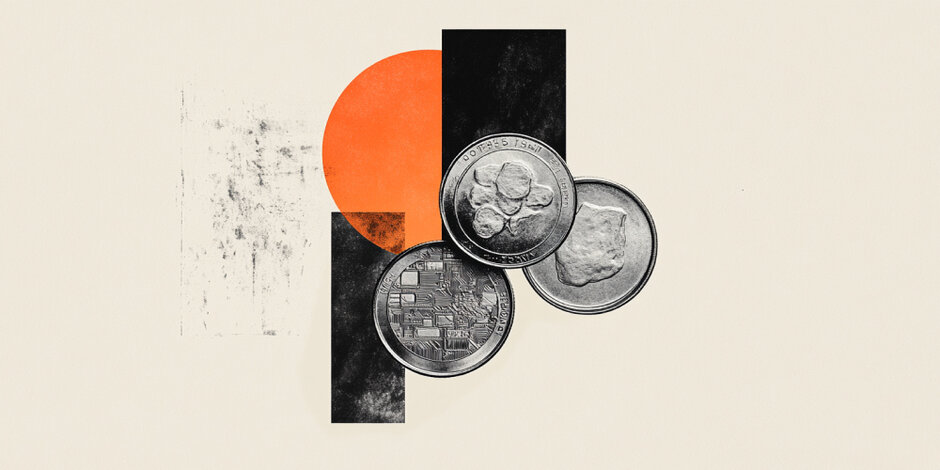Silver Price Forecast: XAG/USD remains below $30.00 due to improved market sentiment
- Silver prices edged lower amid a risk-on market sentiment, driven by optimism as Trump's incoming team considered gradual tariff hikes.
- The non-yielding Silver depreciates as the recent US labor market data reinforced the Fed’s hawkish policy stance in January.
- The industrial demand for Silver could increase following China's recent stimulus measures.

Silver price (XAG/USD) retraces its recent gains from the previous session, trading around $29.80 per barrel during the Asian hours on Wednesday. The price of the safe-haven Silver faces challenges due to risk-on market sentiment following reports about US President-elect Donald Trump's economic team considering a gradual increase in import tariffs boosted investor confidence.
Bloomberg reported on Monday that Trump's incoming administration is evaluating a phased approach to implementing tariffs, aiming to prevent a sharp rise in inflation while managing trade policy adjustments.
The non-yielding Silver faces challenges as the recent US labor market figures for December, which is expected to support the US Federal Reserve’s (Fed) decision to maintain interest rates at current levels in January.
Moreover, reinforced hawkish sentiment surrounding the Fed has sparked a rise in US Treasury yields. Rising yields boosted the US Dollar to recent highs, making Silver more expensive for buyers using foreign currencies and dampening Silver demand.
However, the Greenback corrects downwards following the disappointing US December Producer Price Index (PPI) data. Market participants will keep an eye on the US Consumer Price Index (CPI) inflation data, which is due later on Wednesday.
The demand for Silver could increase following China's recent stimulus measures. As the world's largest consumer of metals, any improvement in China's economic conditions could significantly boost the industrial use of Silver.
People's Bank of China (PBOC) Governor Pan Gongsheng stated on Monday that "interest rate and reserve requirement ratio (RRR) tools will be utilized to maintain ample liquidity." Gongsheng reaffirmed China's plans to increase the fiscal deficit and emphasized that China will continue to be a driving force for the global economy.
Silver FAQs
Silver is a precious metal highly traded among investors. It has been historically used as a store of value and a medium of exchange. Although less popular than Gold, traders may turn to Silver to diversify their investment portfolio, for its intrinsic value or as a potential hedge during high-inflation periods. Investors can buy physical Silver, in coins or in bars, or trade it through vehicles such as Exchange Traded Funds, which track its price on international markets.
Silver prices can move due to a wide range of factors. Geopolitical instability or fears of a deep recession can make Silver price escalate due to its safe-haven status, although to a lesser extent than Gold's. As a yieldless asset, Silver tends to rise with lower interest rates. Its moves also depend on how the US Dollar (USD) behaves as the asset is priced in dollars (XAG/USD). A strong Dollar tends to keep the price of Silver at bay, whereas a weaker Dollar is likely to propel prices up. Other factors such as investment demand, mining supply – Silver is much more abundant than Gold – and recycling rates can also affect prices.
Silver is widely used in industry, particularly in sectors such as electronics or solar energy, as it has one of the highest electric conductivity of all metals – more than Copper and Gold. A surge in demand can increase prices, while a decline tends to lower them. Dynamics in the US, Chinese and Indian economies can also contribute to price swings: for the US and particularly China, their big industrial sectors use Silver in various processes; in India, consumers’ demand for the precious metal for jewellery also plays a key role in setting prices.
Silver prices tend to follow Gold's moves. When Gold prices rise, Silver typically follows suit, as their status as safe-haven assets is similar. The Gold/Silver ratio, which shows the number of ounces of Silver needed to equal the value of one ounce of Gold, may help to determine the relative valuation between both metals. Some investors may consider a high ratio as an indicator that Silver is undervalued, or Gold is overvalued. On the contrary, a low ratio might suggest that Gold is undervalued relative to Silver.
Author

Akhtar Faruqui
FXStreet
Akhtar Faruqui is a Forex Analyst based in New Delhi, India. With a keen eye for market trends and a passion for dissecting complex financial dynamics, he is dedicated to delivering accurate and insightful Forex news and analysis.

















